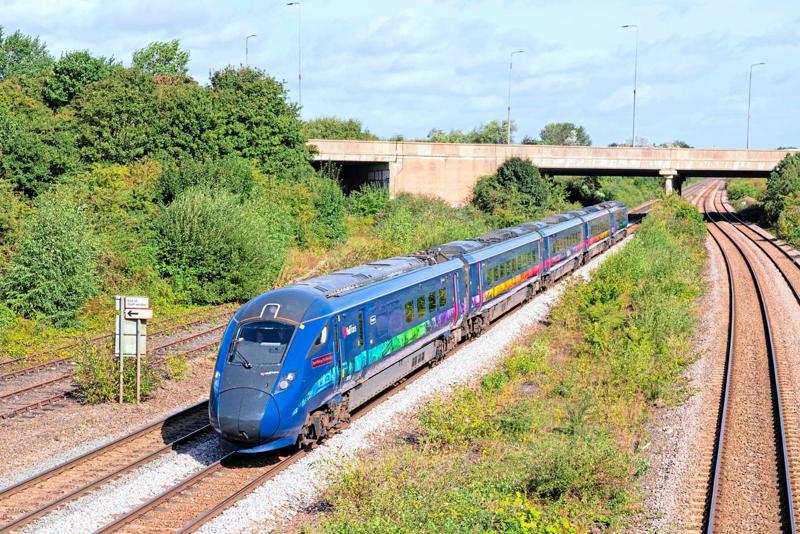
In early February the Department for Transport published a letter in which it said it was opposing eight out of nine open access applications currently being assessed by the Office of Rail and Road.

In early February the Department for Transport published a letter in which it said it was opposing eight out of nine open access applications currently being assessed by the Office of Rail and Road.
The letter came a month after Transport Secretary Heidi Alexander wrote to ORR expressing concern about the impact open access can have on the network, both in terms of finances and performance.
We put together our thoughts on the current situation.
David Stubbings, News Editor
The government is giving off very mixed signals to the industry with regards to open access.
Think back to December 6. The Prime Minister and Transport Secretary visited Hitachi’s Newton Aycliffe site to celebrate FirstGroup’s £500 million order for 14 new units on Lumo routes, with plans for an additional 13 (at a cost of £460m) if two more applications are approved by the Office of Rail and Road (ORR).
The PM posted on X to say he had “delivered” on the promise he made to Hitachi staff who had been “concerned about instability and uncertainty”, something echoed by his Chancellor.
Yet, two months later, the Department for Transport (DfT) has said it opposes eight open access applications currently with ORR. One of those, ironically, is FirstGroup’s Euston-Rochdale plan which, if approved, will help trigger the order for additional Hitachi trains bringing that stability and certainty the government says it wants.
Several figures in the rail industry have said they are confused by the government’s position, particularly at a time when the Chancellor is announcing she is “going for growth”.
Open access operations have shown they can attract customers to the railway, despite DfT opposition (it objected to Lumo in 2016). If they pay their fair share, and their plans do not have a huge impact on the publicly funded operators, then the DfT could look at this as an incentive to make sure its operations are competitive.
The government got very excited back in December when FirstGroup’s train order was announced. So long as applications are not set to cause a huge financial black hole for the publicly funded railway, should the government consider wider benefits of open access if they include commitments such as new train orders, which helps with employment (and, therefore, growth)?
The last two months seem to have confused many. By doing that, the government also risks creating instability and uncertainty, the things it promised to address.
Richard Wilcock, Industry Editor
It is coming to a point where we must ask ourselves what do we want as an industry from open access and how best to achieve it. If we believe as an industry that open access is there to provide genuine competition for the franchised operators in order to provide the best service to its passengers, then applications such as Virgin Group’s on the West Coast main line should not scare the Department for Transport.
However, if the position is that open access is to be infill for areas where they are not served in the most optimal way then applications such as Hull Trains’ Worksop-London application which has also been recommended for refusal, should in theory, be approved.
Currently however, clear guidance on what the purpose and reason of open access is has not been clearly defined.
It can have a future, but it is constrained by two things – geography and capacity. Potential operators want to operate services to the nation’s capital because that is where money can be made. That also means it puts an intolerable strain on the two main routes out of London. In fact, the DfT mentioned capacity issues on both the WCML and ECML as significant reasons as to why many were refused. Those issues cannot be overcome with modelling and timetable tinkering. They are fundamental infrastructure issues repeatedly kicked down the road.
To fix these issues, both the government and OA operators need to think creatively. OA operators will be hoping rail reform could define and improve the process further, and finally get the government to determine what it wants from open access.
Login to continue reading
Or register with RAIL to keep up-to-date with the latest news, insight and opinion.


















Tarkaman - 18/02/2025 23:52
When OAO can prove that they do not extract from GBR revenue which goes to HMG directly and that they pay their fair share of Track Access fees then maybe they will be in with a chance